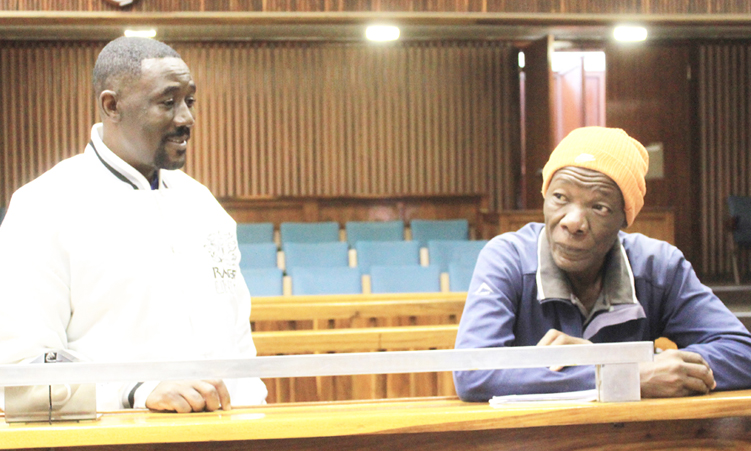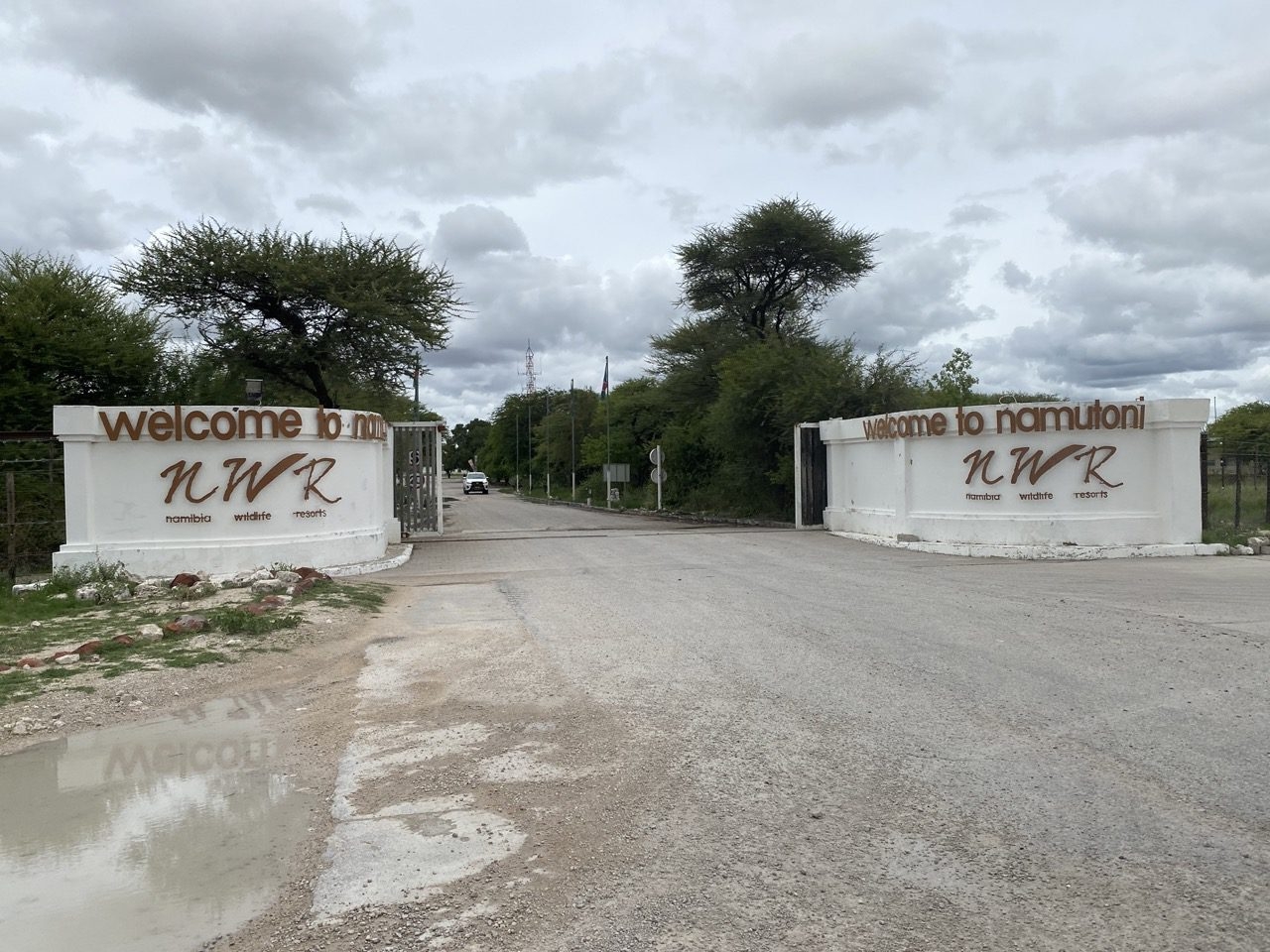BULK electricity tariffs are increasing by a hefty 15 per cent and municipalities will decide how to pass it on to customers when they start their new financial year, which is usually in July.
Power utility NamPower originally applied for an 18 per cent increase but the regulating authority, the Electricity Control Board (ECB), granted 15 per cent.
More woes are in store for consumers, as prices will continue to rise over the next five years for NamPower to reach cost recovery on electricity and to finance new power projects to the tune of N$13 billion.
Announcing the increase on Tuesday, the ECB said NamPower had also been given approval to introduce term-of-use
(TOU) tariffs, which means that companies and households will pay more for electricity during peak usage hours like from 06h00 to 11h00 and between 17h00 and 20h00 from July 1.
During summer time, these peak hours will be one hour later. On Sundays, however, no higher tariffs apply throughout the day from 0h00 to 24h00.
‘The implementation of the TOU tariff is in the national interest of Namibia and therefore will be implemented and will continue to be implemented henceforth,’ the ECB stated.
‘NamPower made an application to the ECB on March 4 for annual increases in its tariffs to transmission supply customers. In its application, NamPower requested an overall effective tariff increase on its customers of 18 per cent,’ ECB Chief Executive Siseho Simasiku said in his statement.
‘The ECB Board considered the application by NamPower and granted a 15 per cent increase,’ Simasiku noted.
‘It is foreseen that electricity prices in Namibia and the southern African region will continue to rise over the next five years. This is mainly due to the following factors: Various capital projects need to be undertaken for Namibia to become self-reliant in meeting its power demand and move away from being a net importer,’ the ECB said.
‘It is very clear from the electricity supply crisis in the region that South Africa is no longer in a position to provide its neighbours with power unless it is emergency power at exorbitant prices.’
With the tariffs not being cost reflective yet, it would be very difficult to attract private investors or even financiers, according to the ECB. ‘There is a need to recover and provide for the costs of future network and generation expansions to alleviate possible future price shocks to consumers.’
In 2005, Cabinet took a decision that NamPower tariffs must reach cost reflectivity by the year 2010/11. Cost reflectivity means that the utility is allowed by the regulator to recover all costs of supplying electricity, which include all operational, administrative and customer care costs.
‘But the current world economic crisis has a negative influence on the Namibian economy. Exports of mining companies and manufacturers are declining, which have an impact on other sectors of the economy. At the same time not all the mines as envisaged have come on board,’ the ECN said.
NamPower purchases power at substantially higher prices form South Africa in order to meet the demand in Namibia.
At the same time the Van Eck and Paratus power stations have to be operated at very high cost. The increased fuel cost for running the Van Eck and Paratus Power Stations has increased the total running cost and placed an additional burden on NamPower. It is expected that the price of coal will not decrease in the foreseeable future.
Stay informed with The Namibian – your source for credible journalism. Get in-depth reporting and opinions for
only N$85 a month. Invest in journalism, invest in democracy –
Subscribe Now!










